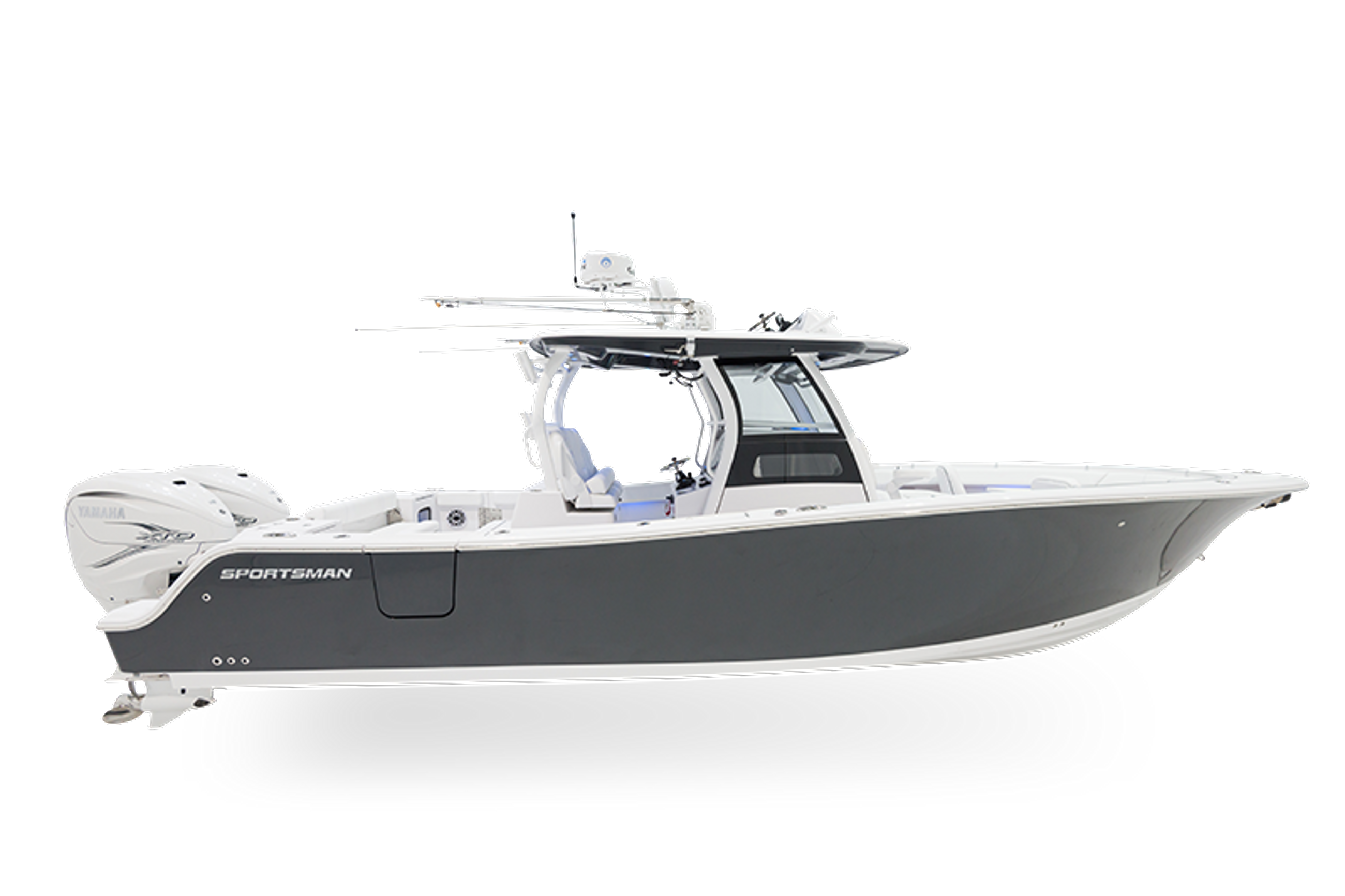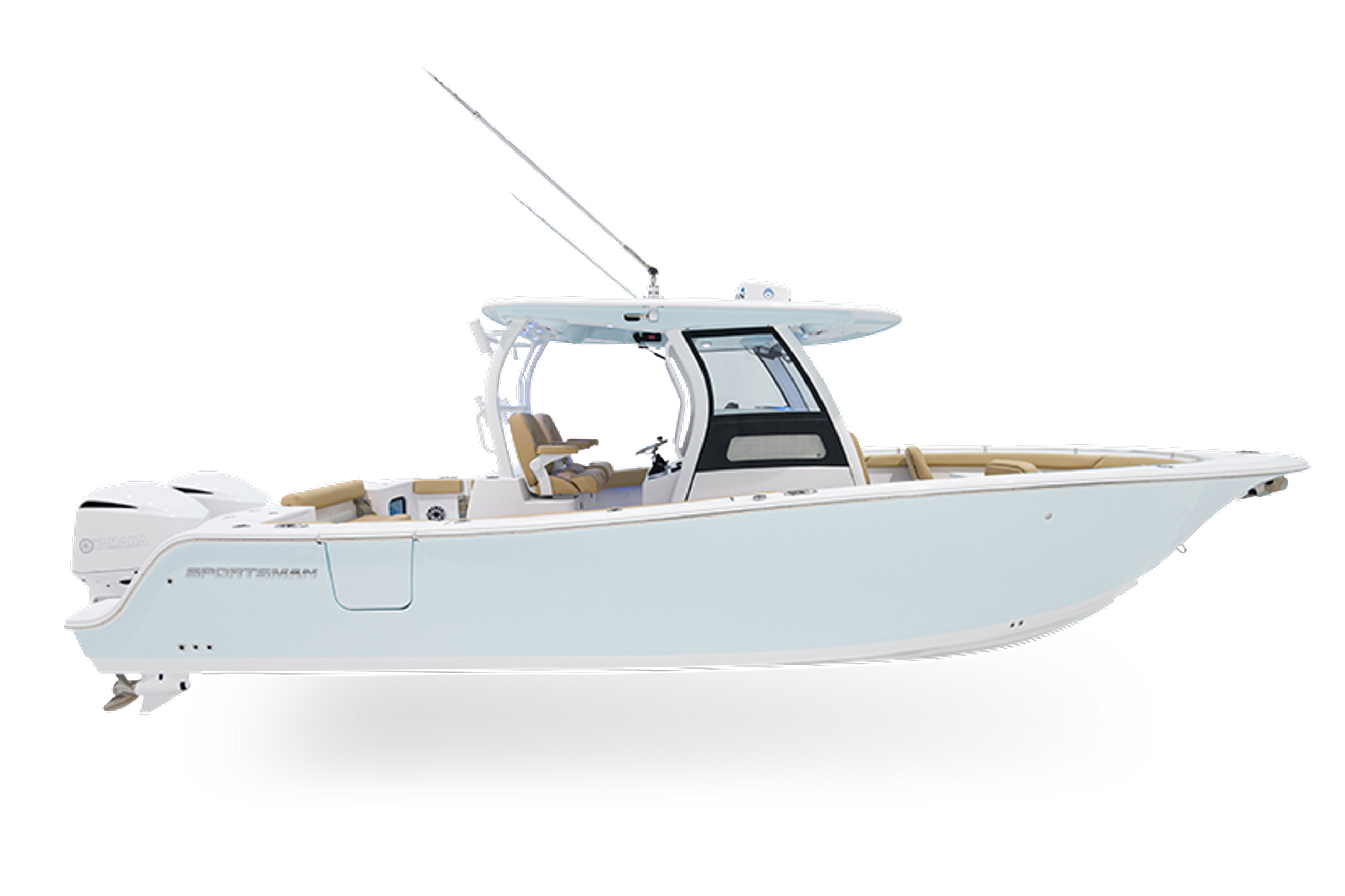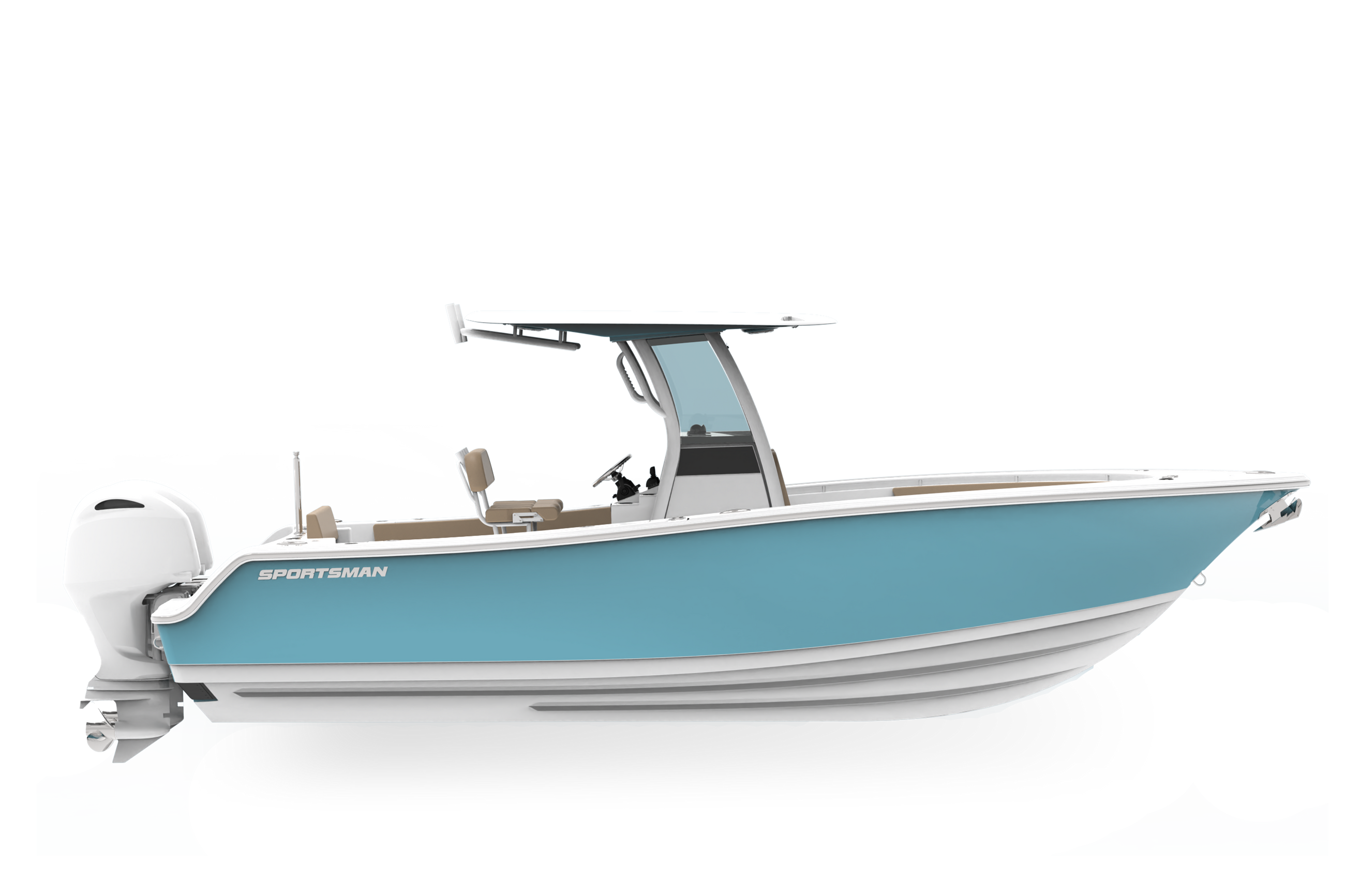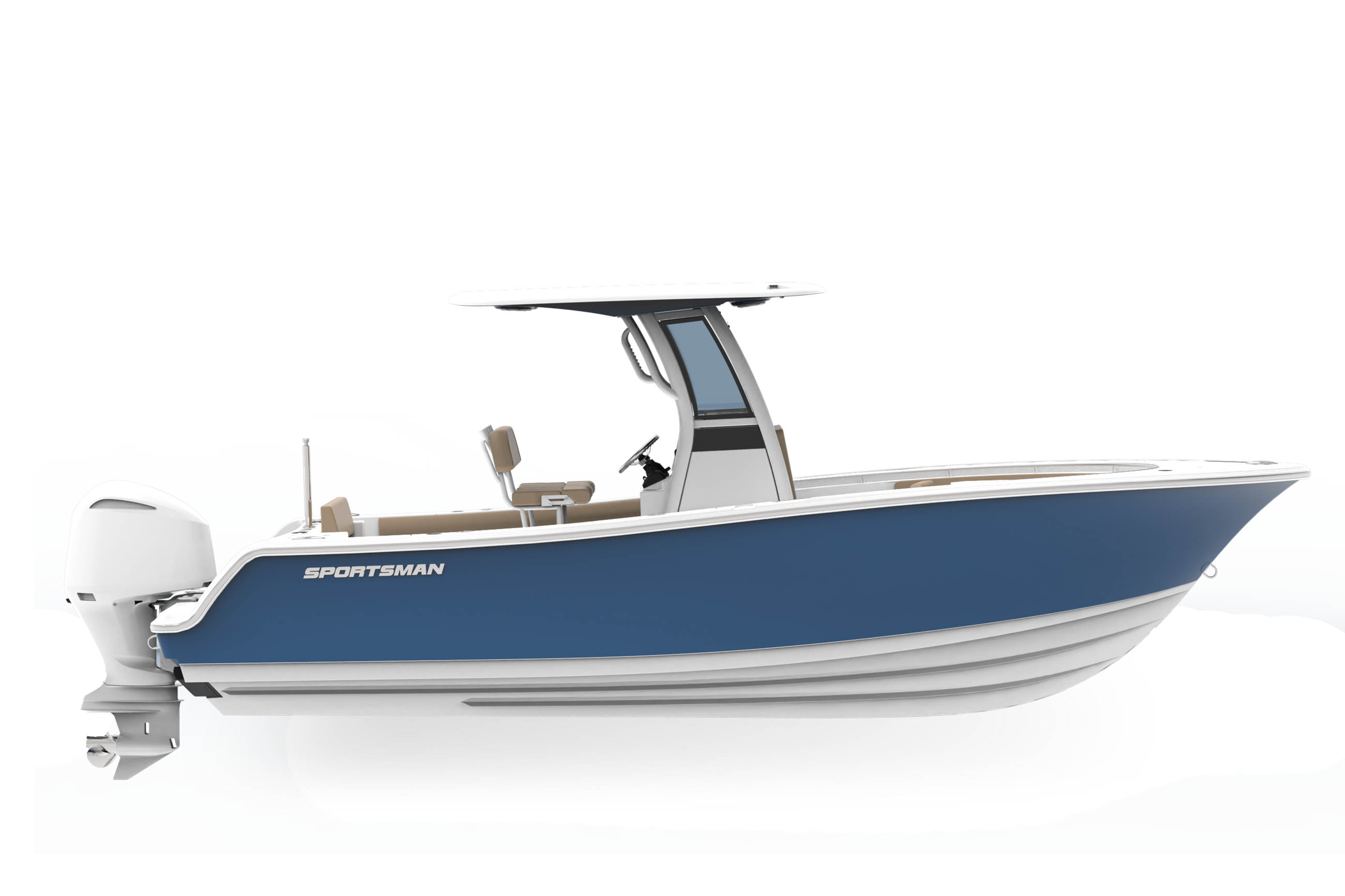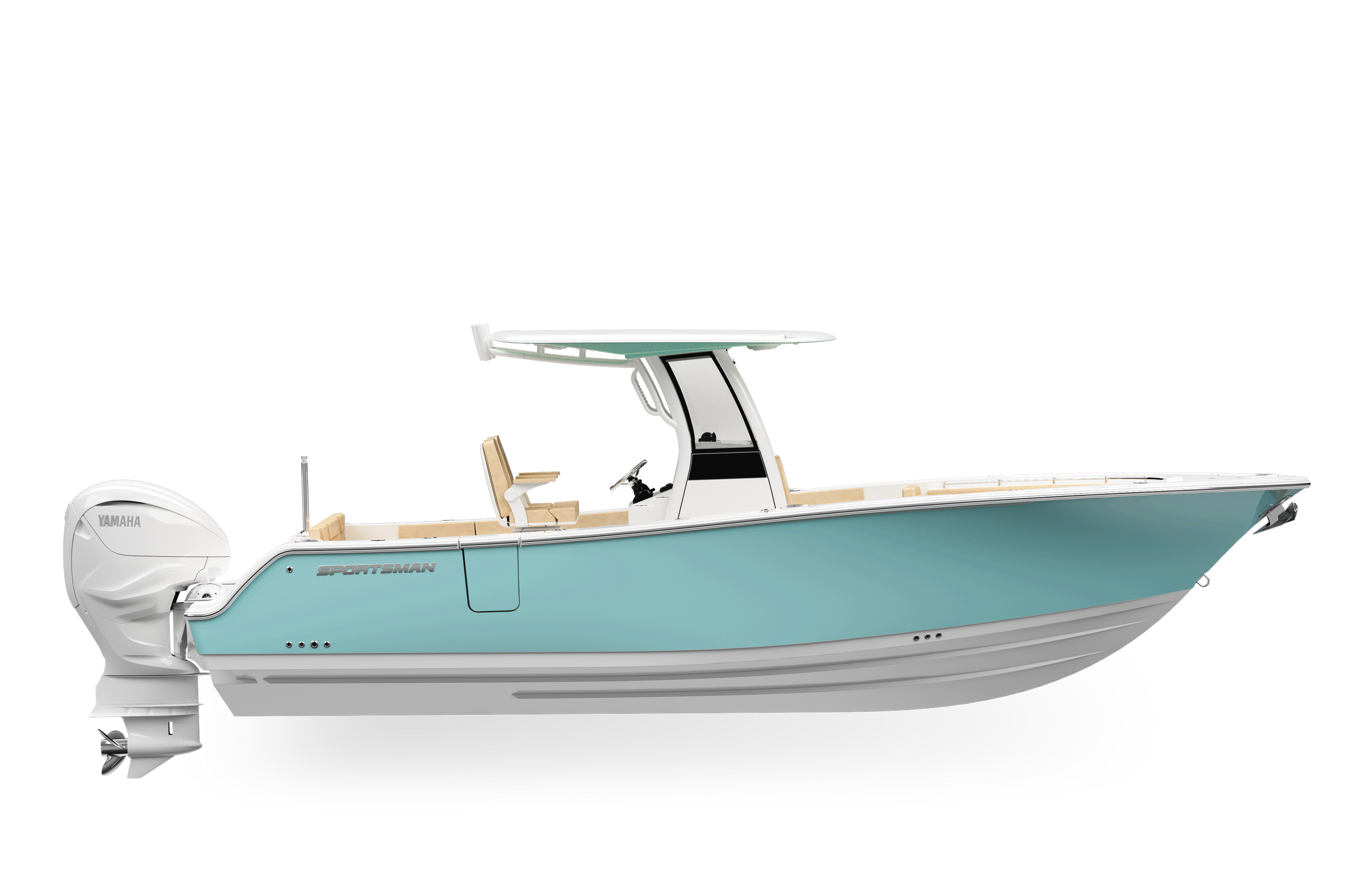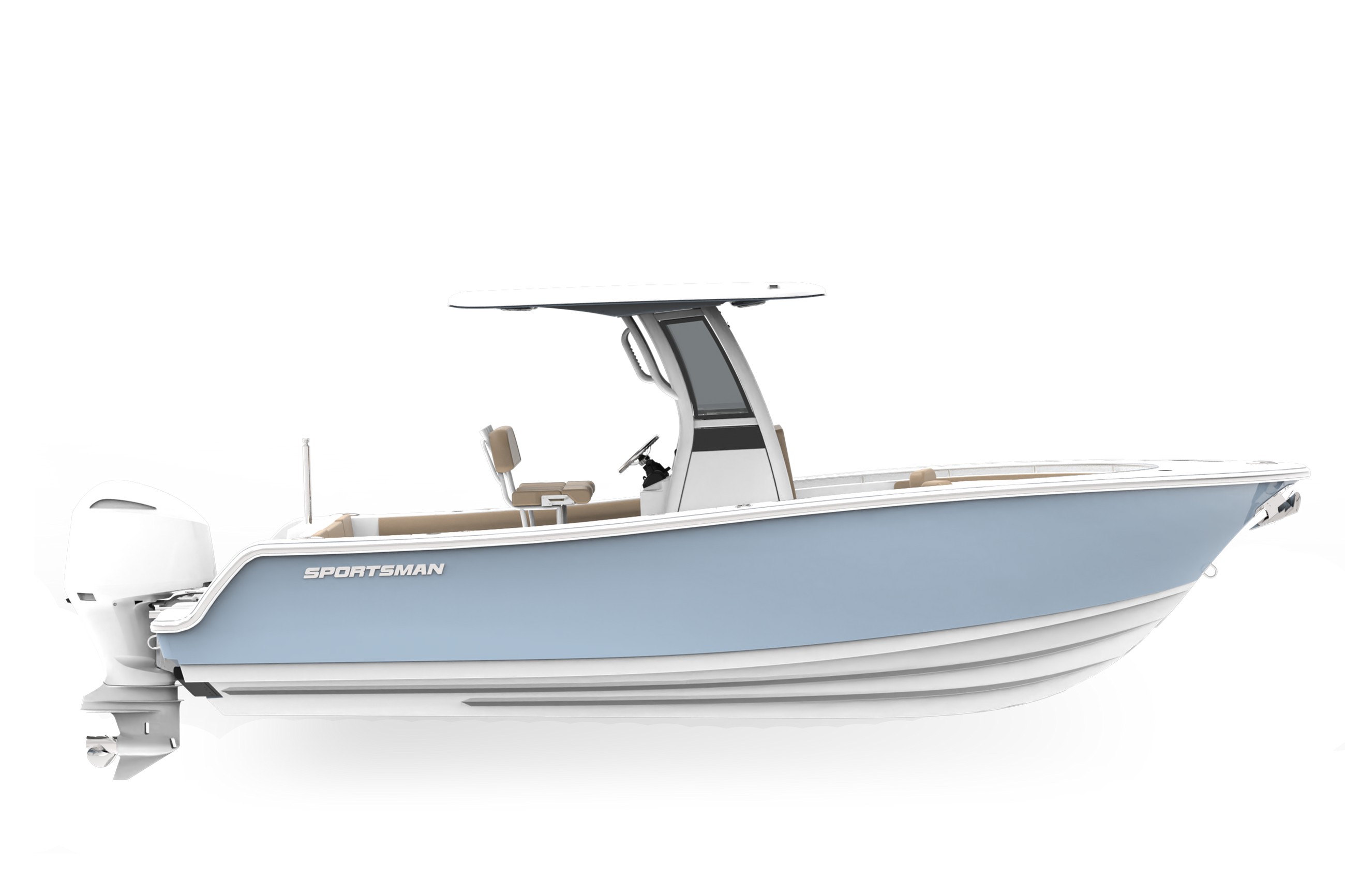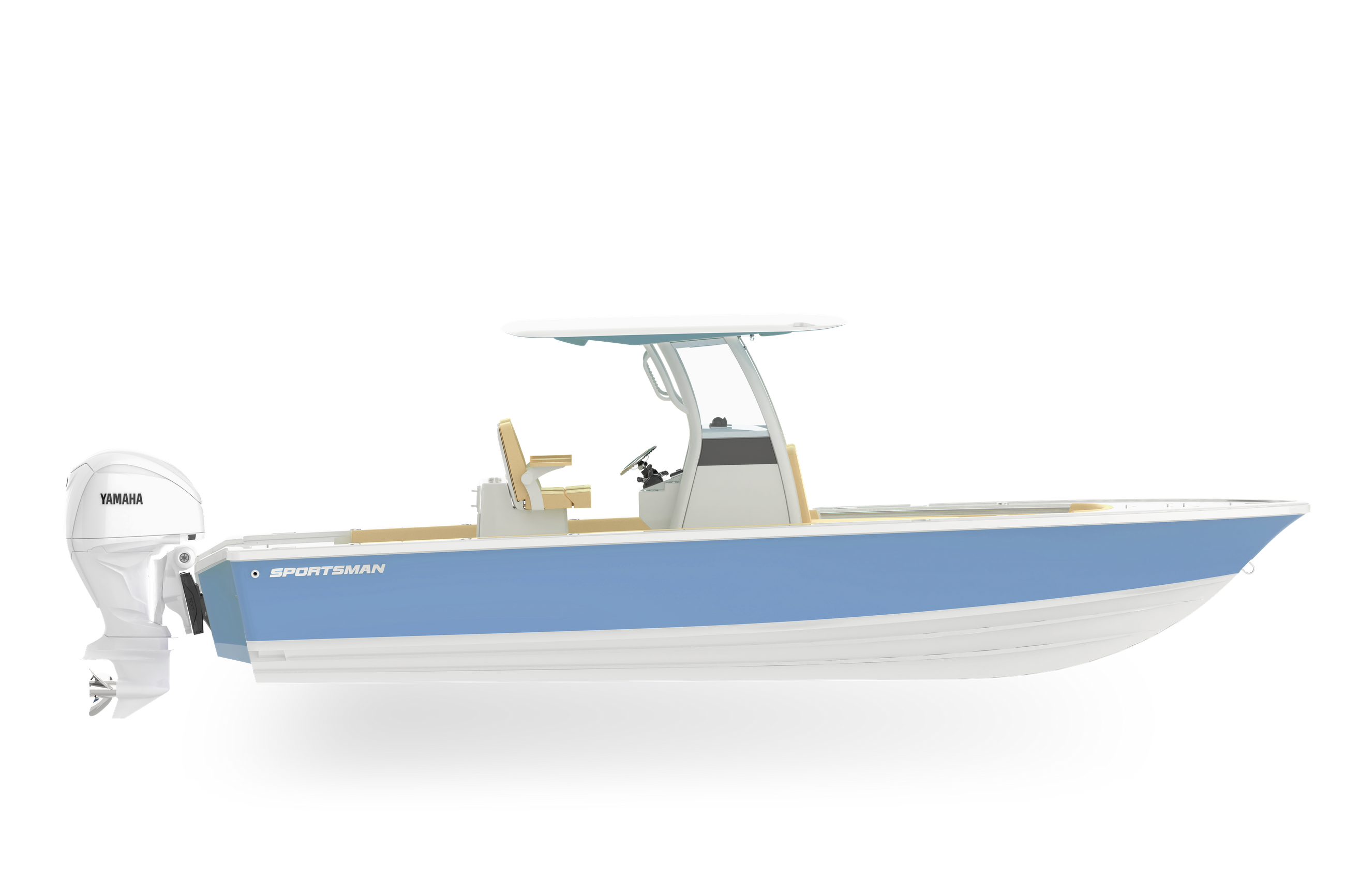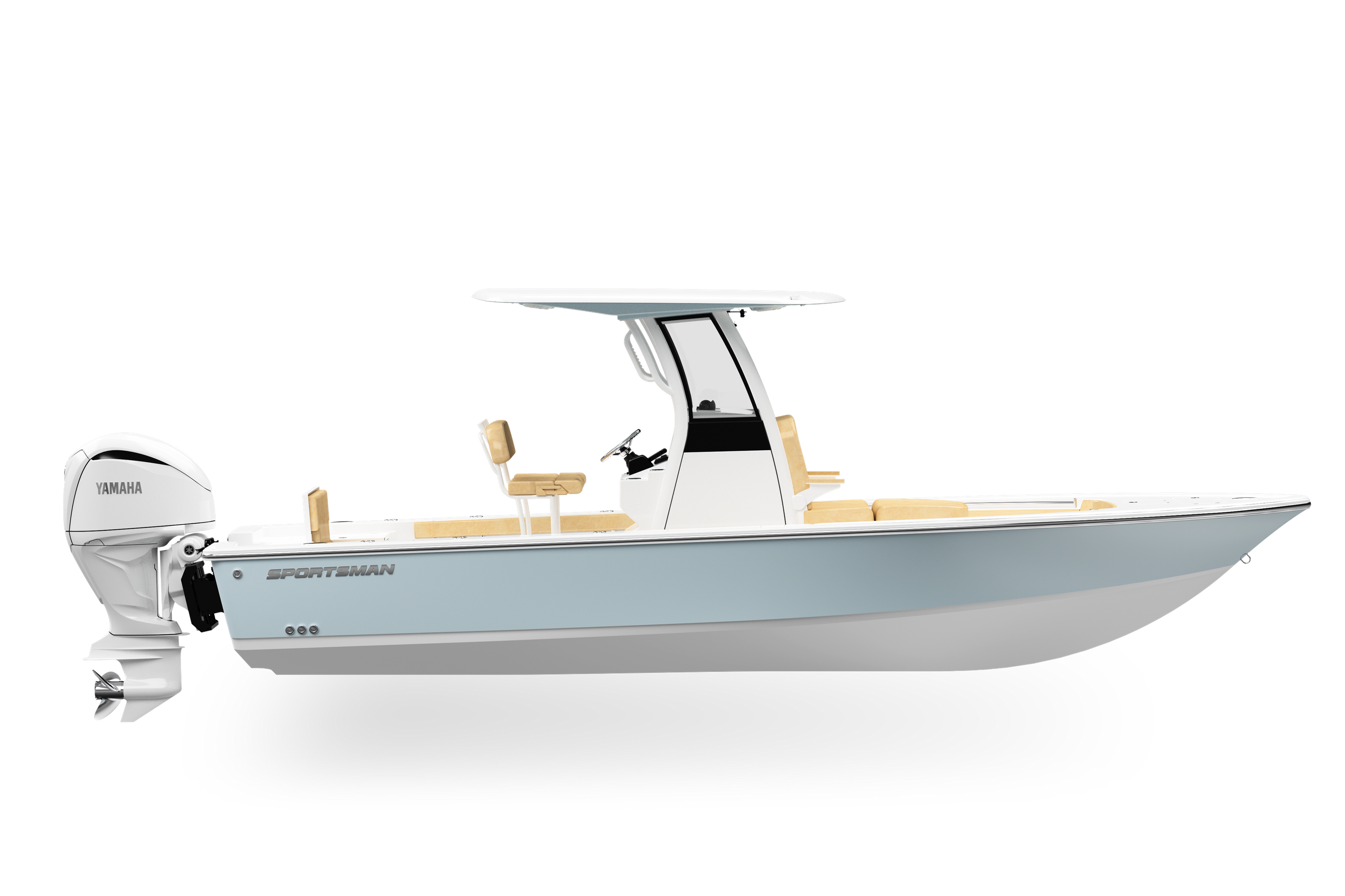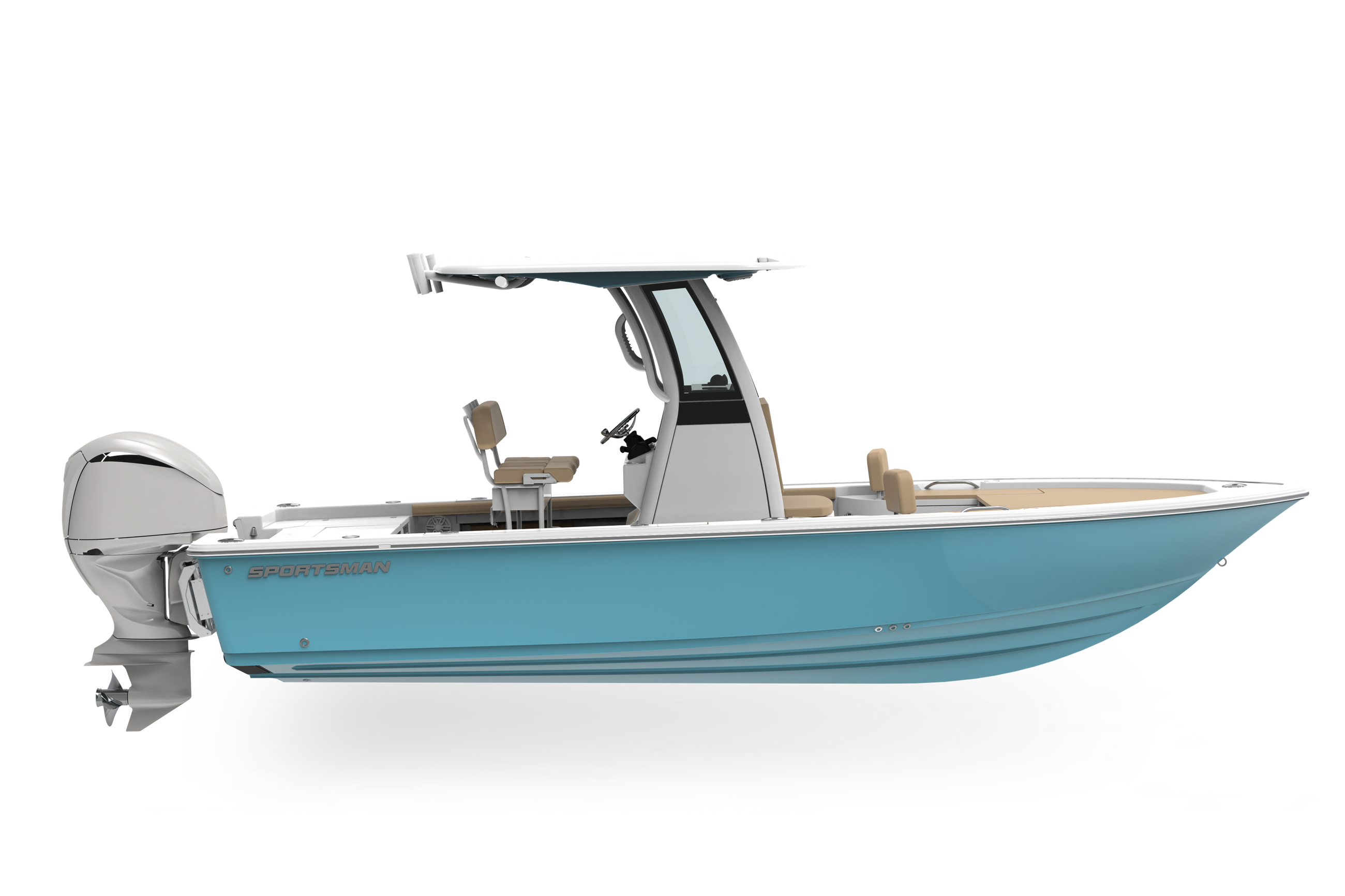Flying A Drone From A Boat - Launching & Catching
Have you been wanting to use your drone to capture great photos and videos of your boat or your buddies boat? If so we've got a great guideline for safe drone operation from a boat.
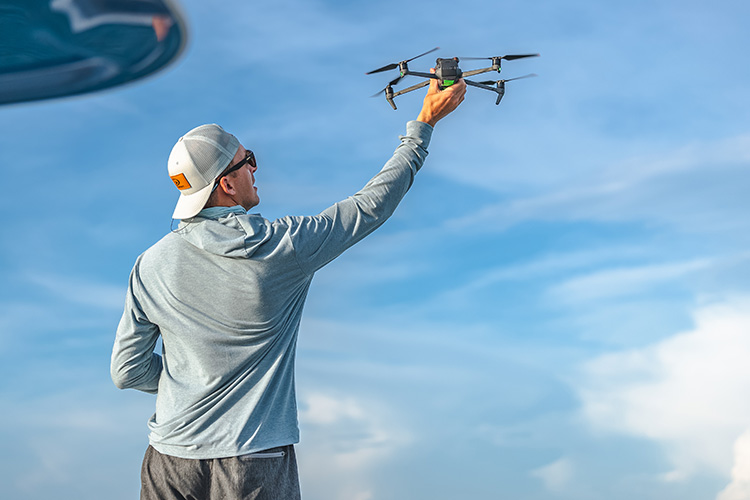
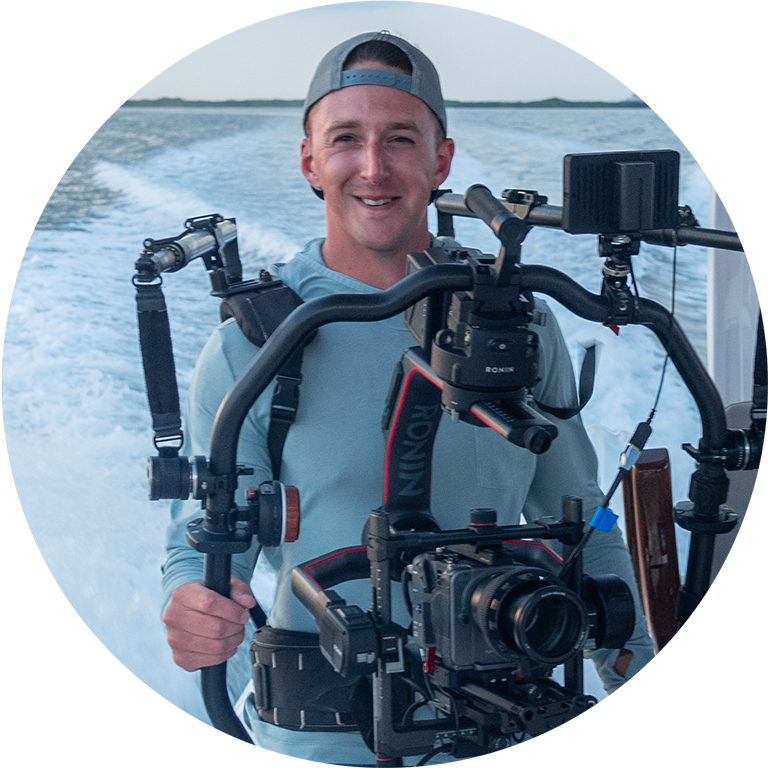
Getting the perfect shot for each situation requires a lot of different tools depending on the environment you are in. As someone who has been creating content for TV shows, documentaries and branded marketing content in the outdoors I have gained a lot of knowledge of different cameras, rigs and tools needed to capture everything that's needed. When it comes to boating and filming boat videos there's a lot of different gear to have on board and whomever the captain is will probably look at you funny when you show up with bags of gear for a days shoot.
If you're like me all that gear that you have brought probably includes a drone of some sort. I have flown many drones from a boat and each has their perks and disadvantages. The first drone I ever flew from a boat was a DJI Phantom 4 Pro; it's a great drone, produced a good image for it's time and had nice handle style landing gear to catch it without needing to land it on the deck (we will get into catching soon). Secondly, I flew a DJI Inspire II drone, this one was much larger, a pain to get on board but it was fast and could keep up with the boat. A perk and disadvantage all in itself was this drone was set up to have two operators. One operator flew with a forward facing camera, their job was putting the drone next to the boat and making sure it was in a safe position. The second operator was operating the main camera that had full 360 degree movement on both X and Y axises. The third drone is the most recent and that's the DJI Mavic 3 Cine Pro. This small light weight drone stores in a tiny bag, has a 45 minute battery life and can fly nearly 50mph with a good tailwind. All 3 have something I like about them that the others don't have. Phantom 4 was easy to catch, Inspire II was great for the cinematographer to focus 100% on the shot and the Mavic 3 is very compact and takes up very little space on the boat.
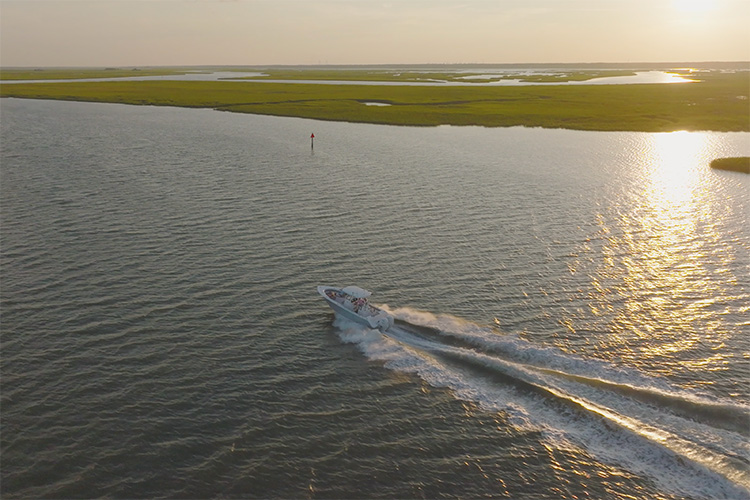
Going forward, I am not going to talk drone laws or when and where you can fly. If you want information on that I recommend looking into your local Part 107 laws and classes. From here on out this is all about launching and catching your drone on board your boat.
When you're looking for the perfect shot a drone can come in handy for several reasons, you are able to get shots all around the boat that you cannot get from a chase boat, such as close up shots of the boats motors from behind or a reverse shot with the bow of the boat coming toward the camera. You're also able to get much closer to the boat without having the hazard of boat collisions.
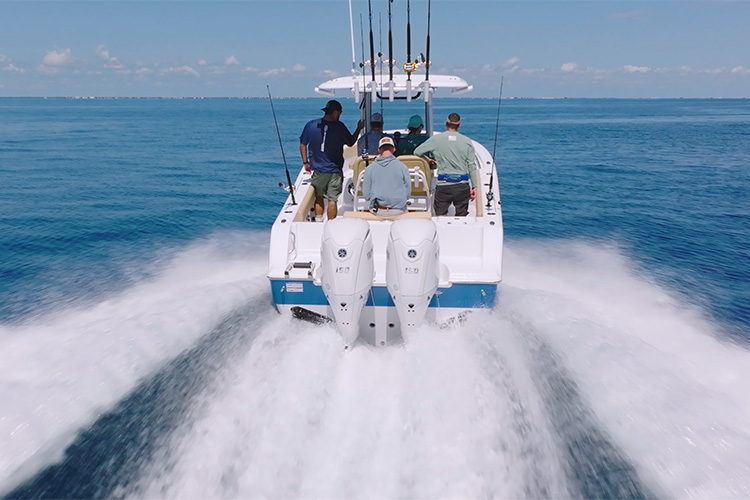
Now you've got the shots you want picked out, it's time to launch the drone. I recommend using the bow of the boat, this is generally the most open area of any boat. You'll want to point the bow into the current or wind which ever has more pressure on the boat, this way when you launch the drone the boat does not get forced into the path of the drone but instead moves away. Remember when on the water even with the engines are not in gear the boat's always moving due to currents and winds so the main rule is take the drone straight up and clear the gunwales to avoid collisions. If you've got a hardtop you'll want to go straight up very quickly and make sure you're above the hardtop and any mounted instruments.
Pro-Tip Turn your drone on, let it warm up, set your settings and make sure it connects to GPS so it hovers in place upon take off.
Now that the drones up and you've gotten your awesome shot it's time to bring the drone home and this is where it gets tricky. Before we go into catching the drone a few things that will help you catch the drone easily are spot lock capabilities or an anchor as this will allow the boat to hold position and not drift while trying to catch it. If spot lock isn't an option and you don't want to throw an anchor the next best thing to do is to put the bow of the boat (where you'll want to stand to catch the drone) into the drift and put it in gear. I recommend matching the speed of your drift, this will hold the boat the most steady in the water simulating a situation similar to spot lock.
Pro-Tip Fly the drone toward you in reverse as you won't be confused with your left and right or port and starboard. When the drone is facing the same direction as you (you're looking at the rear section) it will fly toward your right or your left when moving the joystick left or right.
Next you'll be catching the drone, a drone such as a Phantom has landing gear that's easy to grab hold of. Something like a Mavic you grab the body which puts your fingers close to the props so a nice heavy duty leather glove is a good thing to wear on your catching hand to avoid any painful injuries from your drone, trust me I have the scars to prove a glove will benefit you in this process. When you've got the drone near, this will take a few trys, you'll want to get it just forward and above you where you can reach it but the props are not close to your face. Once you have the drone in hand, some models have a flip setting where you can turn it over and the props shut off, if this isn't the case you'll want to hold on tight and use the standard shut off procedures to power down the props.
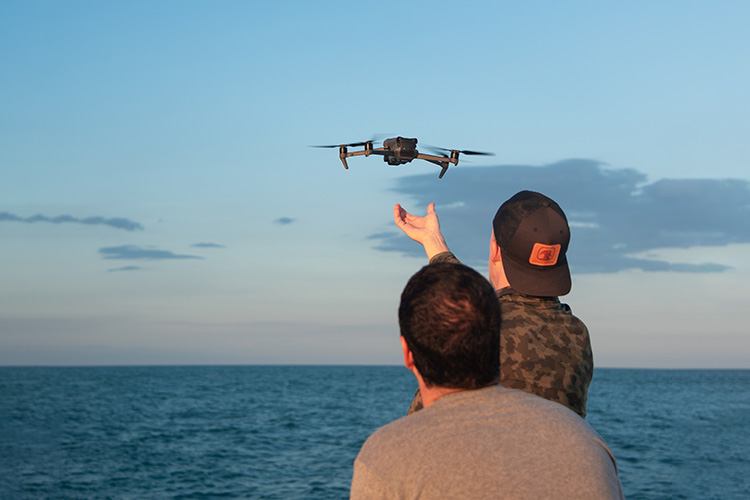
Most modern drones have sensors all across them to avoid collisions. If your drone has downward facing sensors it'll make the drone nearly impossible to catch because as you reach up it'll elevate to avoid collision. To avoid this do not turn your sensors off, instead place a piece of high visibility gaff tape across the bottom sensors. This will not only block the sensors allowing you to more easily grab the drone but also provides extra visibility of the drone from below. This is one of the most important pre-requisites to easily catching a drone on the boat, it took a lot of trial and error to figure this out but it's a game changer when catching. If you do this and do not remove back on land remember your drone no longer has it's down facing sensors meaning it cannot recognize the ground to land so if you try to land it will just hit the ground and bounce so you'll have to catch it every time even on land.

Flying a drone from a boat can be nerve racking, you're putting an expensive piece of equipment into the air above water and if you crash it won't be as easily recoverable as it would on land. A crash on the water will almost always result in a full loss of your drone so it's essential you fly with caution for both your drones sake but the boat and it's passengers. If you follow these steps you'll easily up your confidence and safety with a drone on the water. I also recommend practicing somewhere close to shore in calm waters such as creek to start. In the instance you struggle to catch the drone you can always land it on land and recover it by beaching your boat. Practice taking off and landing/catching, follow local laws and be safe while in flight and you're going to be able to get some awesome new shots by using your drone.
I hope these tips can help you on the water. Take it slow and practice and you'll be capturing new great content in no time.

